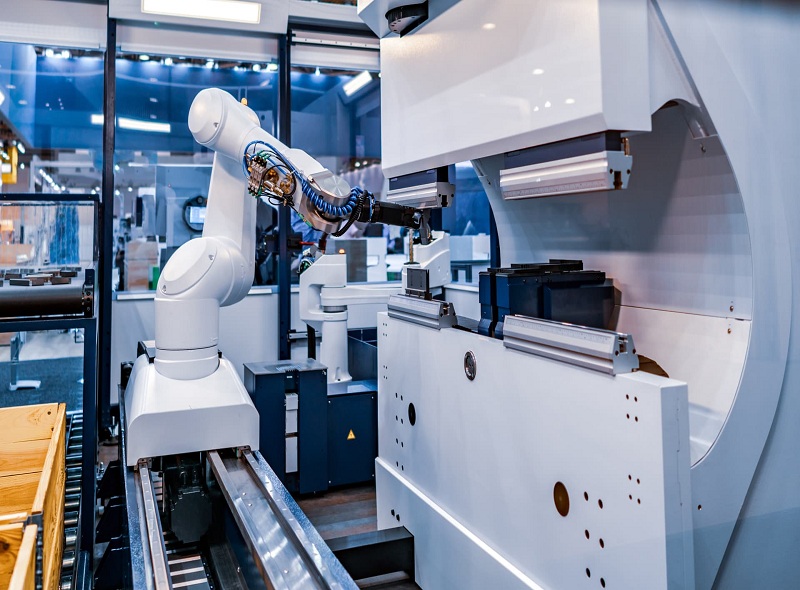
Each metal has its own advantages and uses, for example some types of steel are ideal for use in household appliances, while others are suitable for use in the automotive or Marine industry, gas tanks, construction, etc. In addition, grades of materials with the same chemical composition may have different qualities depending on the manufacturing method, such as hot-rolled and cold-rolled steel. So, how to choose hot rolled steel or cold rolled steel?
Hot working is more widely used because it requires less energy and is often used for compression forming, such as rolling, extrusion, forging, etc. Hot rolling occurs at temperatures higher than the recrystallization of the material, raising the temperature of the billet to more than 1000°C, which is then fed into the rolling machinery. Continuous rolling can produce the required sheet metal (3 mm and above) or profiles. Compared with cold-rolled steel, hot-rolled steel can be produced in large quantities and its market price is kept at a lower level. When the steel is cooled at room temperature, it changes the microstructure of the material, thus increasing the ductility and toughness. However, hot rolled steel will shrink slightly during cooling, exposing the metal to internal stresses, resulting in uneven and distorted dimensional measurements. The dimensional tolerance of the material can vary between 2-5%. Hot-rolled steel has a scale-like surface, which is an oxide that forms at high temperatures, so it is easy to identify hot-rolled products by touching the surface.

When the precision requirement is not high, hot rolled steel is a good choice, its huge advantage in price is more important than precision. Some common uses of hot-rolled steel are: building construction, pipes, truck frames, doors and shelves, rail tracks, streetcar parts, ironed sheets,etc.
Cold working is a metal forming method that has many advantages over hot working. Technically speaking, cold working includes cold rolling and cold drawing. The former is used for sheet metal fabrication and the latter can be used for rectangular and round rebar. In contrast to hot rolling, the temperature of the metal in cold rolling is lower than its recrystallization temperature. If low carbon steel is used, the metal can be rolled to a thickness of 0.5-3 mm; If stainless steel is used, the metal can be rolled to a thickness of 0.5-5 mm. In the rolling process, oil is used to cool the material and also acts as a lubricant. Without an oil film, the material will wear and deform. Therefore, cold rolled steel can be identified by oily and smooth surfaces. The main advantages of cold core sheet processing are: accurate finished size, smooth surface, higher strength properties.
Although cold-rolled steel is more expensive than hot-rolled steel, the above advantages allow it to be used in many scenarios. Since the surface is already smooth enough, the finished product does not require a lot of additional surface finishing. Cold rolled/cold drawn steel applications include: metal furniture, cold rolled/cold drawn steel applications include: metal furniture, utensils, metal containers, fan blades, pans, computer cabinets, etc.
Hongwang’s colored stainless steel produce standard
2020-08-21New opportunities and challenges in stainless steel industry
2024-04-19Indonesia Nickel Production NOT Affected by Earthquake
2021-01-11Surface condition of stainless steel plate
2021-09-09The role of important alloying elements in austenitic stainless steel
2024-04-30There are so many application for Stainless Steel Thick Plate!
2022-04-11






